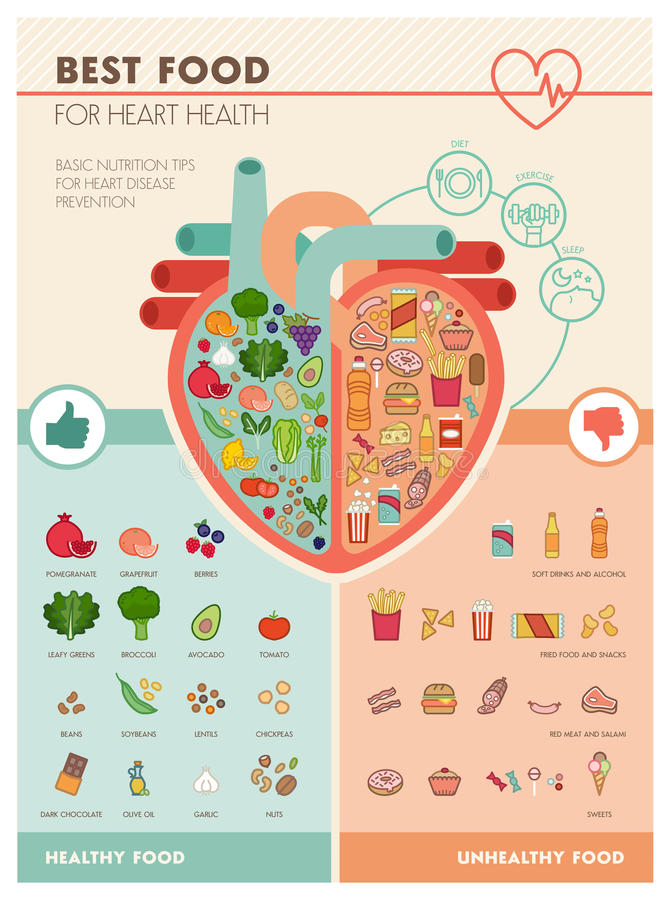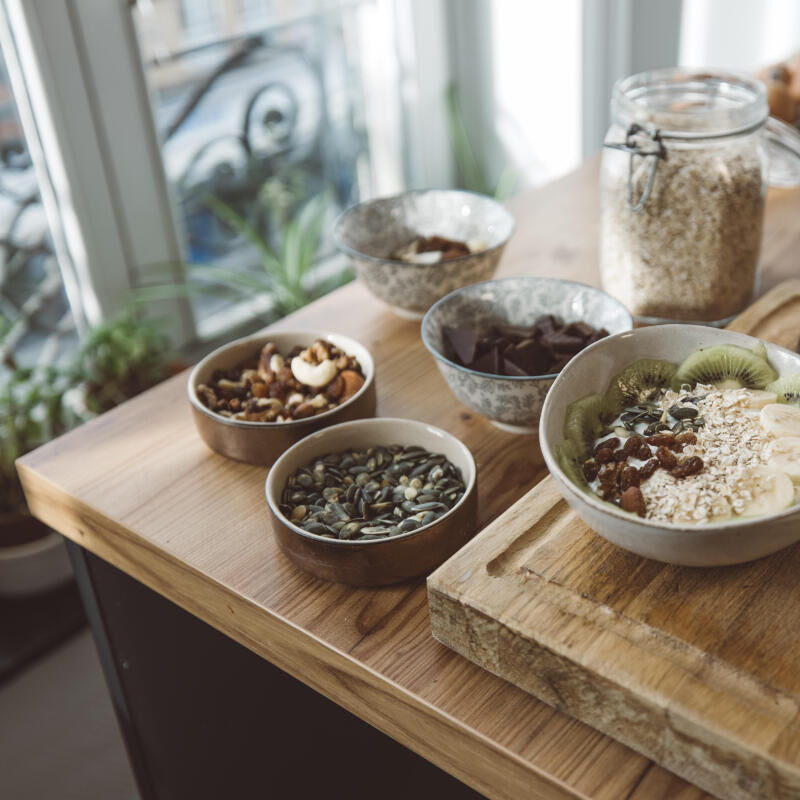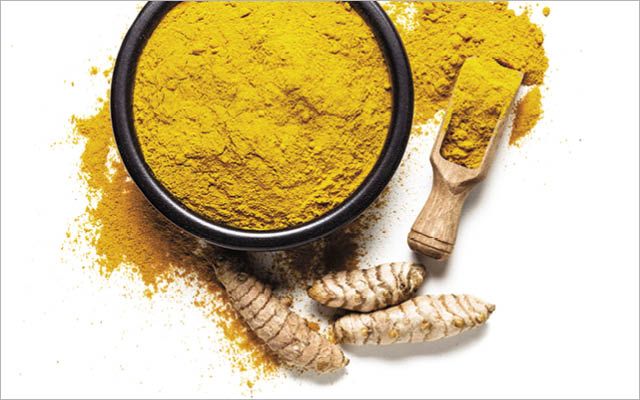
The best food for runners should provide a range of essential nutrients that will support their daily exercise. It is important to eat the right kind of protein. Chicken or fish are the best sources of animal protein. In order to get your energy needs met, vegetable proteins must be consumed in combination with other forms of carbohydrates. Everyone should focus on the five-a-day fruit and vegetable strategy, but runners should take their intake even higher. Runners will be able to get more fiber and vitamins, which can keep them going and help reduce the need for replenishing nutrients.
Beans, especially those with thicker skin, are runners' best friend. They are high in complex carbohydrates as well as fiber. Beans are an excellent source of iron, potassium, and vitamins. They also help reduce recovery time, which can help runners stay at their best. Another good source of healthy fats is avocados.
Bananas make a great snack for running, because they are high in energy. They are low fiber, which makes them easy to digest. They also contain a lot of potassium, which helps regulate blood pressure and prevent strokes. PB and banana are two great options for runners. Bananas can be a good choice if your goal is to boost your nutrition before you run.
Salmon is another great choice. It's high in zinc, which can aid in recovery from a workout. Low in calories, salmon is high in potassium, vitamin C, and pasta. Kale is a great source Vitamin K, which helps with bone development. Calcium is also essential for preventing injuries caused by intense exercise, so it's a good idea to incorporate it into your daily meal plan.
Soups are a great breakfast option for pre- and post-run. But they can also serve as a main dish during the day. Soups are a great option for pre-run and training runs. Porridge and other oat based cereals are healthier options. Instant porridge is more suitable than pure porridge for runners, but it's not like oat-based breakfast cereals. For pre-event breakfast, wheat biscuits and muesli make better choices.

Runners need to eat lots and plenty of vegetables. These foods may be low-fat, but are high in potassium as well as manganese, which is important for optimal bone health. These foods are rich sources of iron, potassium, magnesium, and other nutrients that are vital for body regeneration and repair. They help maintain normal blood pressure. So, when you're thinking about which foods to eat for runners, remember that you need to include a variety of different kinds of food for runners.
If you plan to run a long distance you will need to ensure your body is adequately fueled. For optimal performance, the body needs to have a good mix of carbohydrates and protein. Wild salmon and fish should be considered for those who train over long distances. Seafood is a great choice for those who don't run yet. It's high in omega-3 fatty acids, which can help improve your cardiovascular output. These fatty oils also protect the nervous system from inflammation.
You will need to be cautious about what foods you choose, but it is essential to eat enough protein to keep your body nourished after a long day. Hydration is key to avoiding cramps and other digestive problems. These foods contain a lot of calcium and protein. They will give your body an energy boost and prevent fatigue. For athletes, eat more nuts, seeds and less sugary snacks.

Running enthusiasts should also include nuts in their diet. They can help you lose weight and increase bone density, and they're great for fueling your body during a long run. You need to be careful when choosing nuts. Nuts can be a significant source of calories, so make sure you only eat them occasionally. You'll need to find the right kind of nuts for runners as a lot of runners don’t get enough protein.
FAQ
What are basic cooking skills?
Basic cooking skills include knowing how to read recipes, measure ingredients, cook food safely, and clean up after yourself. This is the first step to learning how to cook. Cooking is an excellent way to save money because you don’t have the need to eat out as often.
Are there any ingredients that I must buy in order to make a meal?
You don't necessarily need to buy any ingredients. You can buy premade sauces or other items at most grocery stores. However, if you want to save money, then buying pre-made meals can be helpful.
What should a beginner chef learn?
Beginners should begin cooking simple dishes like soup, pasta, and rice. You can learn how to cook by looking at a cookbook or watching a YouTube video. Cooking with friends is much more enjoyable. Cooking together is fun with family members or friends.
Are there any requirements to become a chef?
No. Many chefs started their careers by learning on their own. Some even went to culinary school just to gain experience. However, most chefs prefer to attend culinary school because it gives them more opportunities to learn and grow professionally. Culinary schools offer students hands-on training, which helps them build valuable skills and improve their cooking knowledge.
Is there any special equipment that is required to cook?
No, you don't need any special equipment to learn to cook. However, having the right tools can make cooking easier. A knife can be used instead of a fork when making pasta, or a whisk could be used to whip up stiff egg whites. It makes cooking much easier and quicker.
What skills will I need to be able to go to culinary school?
To be a chef you need to be able and able to cook well. Cooking classes can be taken at high schools and community colleges to learn the basics of cooking. After mastering the basics, you'll be able to apply for a job at a catering or restaurant.
Statistics
- On average, chefs earn $58,740 a year, according to the BLS. - learnhowtobecome.org
- under 10 Kids have been taught that there is special food just for them, and Fiese says that 10 percent of kids will throw a tantrum if they don't get the food they want. (washingtonpost.com)
- In the United States, the category is estimated at $23.2 billion annually and is growing faster than the market. (washingtonpost.com)
External Links
How To
How to cook a steak
The thickness and cooking method of any kind of meat will affect the way it is cooked. Thicker steaks cook best at low heat. Thicker steaks require higher temperatures.
Also, don't cook them too long as it will cause loss of flavor. Remember to take your steak out of the oven when it's done. You won't burn.
Cooking time will depend on the size of your steak and the desired level of doneness. Here are some general guidelines.
Medium Rare: Cook to medium rare. This means that the internal temperature should reach 145degF (63degC). This will take between 3 to 5 minutes per side.
Medium: Cook the meat until it reaches 160°F (71°C). This normally takes around 6 minutes per side.
You are done when the internal temperatures reach 180°F (82°C). This can take between 8-12 minutes per side.